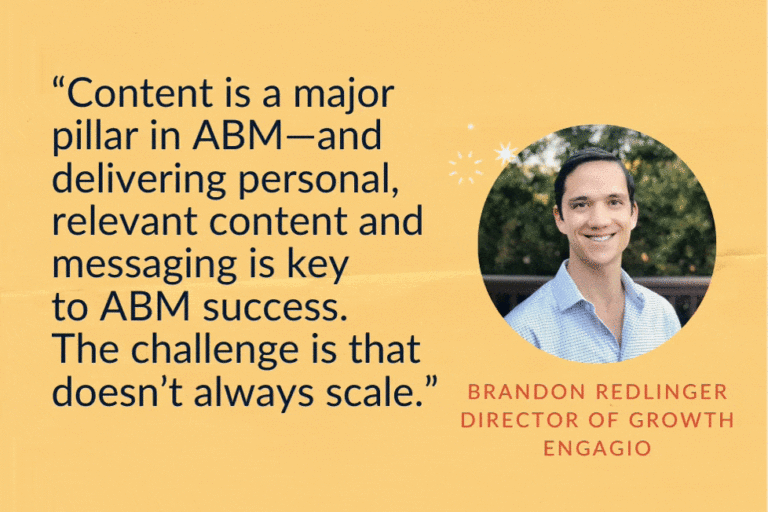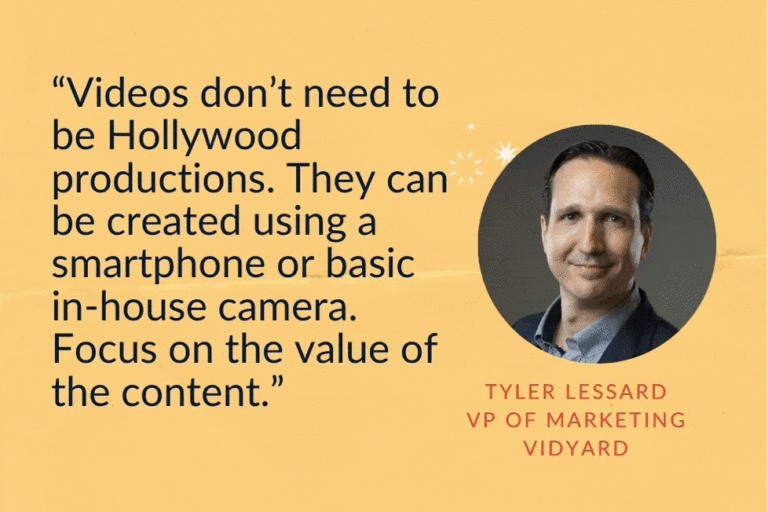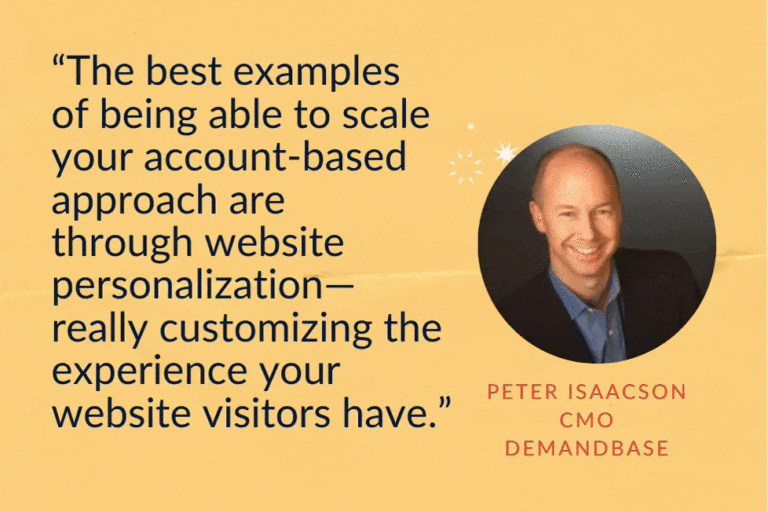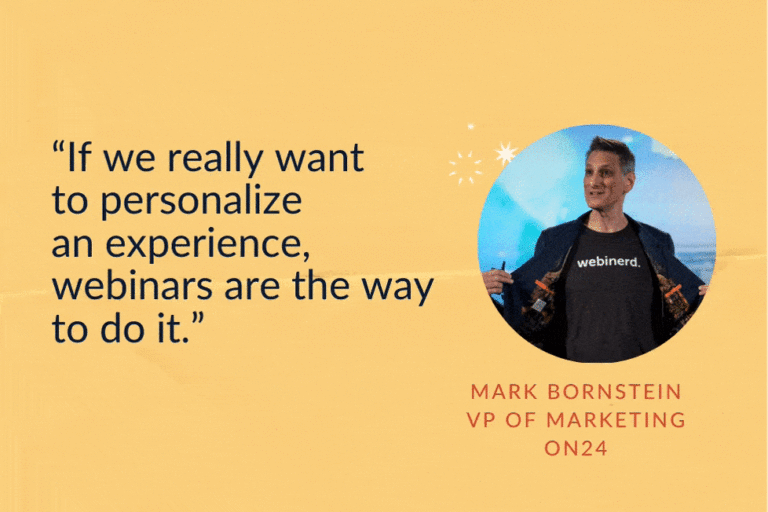At Content4Demand, we’ve been talking a lot about ABM. That’s probably no surprise. We’re all attempting to reach buyers in more relevant and personal ways, especially now that in-person events are canceled and most (if not all) of us are sheltering in place.
There is a lot of great technology available to help B2B firms execute ABM strategies, creating personalized experiences at scale. But at the end of the day, content is what fuels these solutions and these strategies—the two go hand in hand. As we connect with marketing leaders and guide them through their program execution, we always emphasize the role of content. And content doesn’t just mean long-form assets. It can include everything from high-level themes to banner ads, social posts, podcasts and interactive experiences.
To emphasize the critical role that both technology and content play in successful programs, we decided to reach out to several leaders in the tech space to share their take on the core best practices for ABM strategy, content creation and activation.
Here’s a high-level look at some of those takeaways:

Sangram is always good for a soundbite, but this statement resonated deeply with me. As a content creator, I always feel the urge to go “all in” on projects. I want to ensure that content is highly relevant for the audience and that we consider everything from the title to the imagery.
But anyone who has done ABM knows that it is so high touch and can sometimes require engaging hundreds of accounts. Creating highly tailored content for so many companies is not efficient or effective … especially for your people. Developing the fundamental guidelines around who you’re targeting and what your ABM approach will be (one-to-one, one-to-few and one-to-many) will provide a baseline for developing your content strategy.

Brandon delved deeper into the scalability story by sharing insight into how teams can build the right content plans for their decided ABM approach. He touched on everything from the number of accounts that should be included in target lists to how much budget to allocate for each account and what tactics are most effective.

Video has increasingly been a powerful way to engage buyers, but as Tyler pointed out, it is especially effective for ABM. Marketers can use it to provide high-level thought leadership and illustrate the value of partnering with the company. Meanwhile, sales can use it to send personalized messages to target accounts. These two approaches spark some strategic questions that I think all teams need to ask:
- Who is our target audience, and is video the best way to reach them?
- What overarching story are we trying to tell that should connect sales and marketing outreach?
- How can we deliver this content in an authentic yet engaging way?
In his video, Tyler pointed out that videos don’t need to be fancy. They can be created using a smartphone. I absolutely love this, because I think it shows that marketing and sales teams are working to create these videos and it makes the end experience more personal and authentic.

Field reps and SDRs help make your ABM goals a reality. But marketers need to do their due diligence to ensure their sales counterparts are prepared to have relevant conversations and share relevant resources. Andrew emphasized the importance of putting relevant ABM content in a centralized location that is easy for sales to access. He also noted that scalability is important here, too, as your ABM targets and strategies evolve.

Tying back to the topic of scale, Peter provided great advice around using promotional wrappers and tactics to personalize experiences versus tailoring content pieces. To determine if that approach is right for you, go back to your target audiences.
Are you speaking to individual personas or larger buying committees? What industries do they belong to? Are there overlapping pain points, trends or best practices that allow you to have more universal content assets? If the answer is yes to all of these, you can tailor other components of the experience, such as landing pages, hubs, emails and ads.

Webinars have been part of the B2B marketing playbook for a long time. Sure, buyers are still willing to share data to access them, but for ABM programs specifically, you need to ensure the content and experience is high touch. Moreover, it needs to be highly relevant and urge buyers to further engage with your program, specifically SDR reps.
Mark outlined ways to tailor webinar content and experience so they’re more immersive and memorable—whether at the industry or individual account level.
Are you ready to kickstart your ABM strategy? Be sure to check out our new E-book that features these great videos from our experts. We’d love to learn more about how you have approached ABM or what your goals are so we can help turn your ideas into action!




